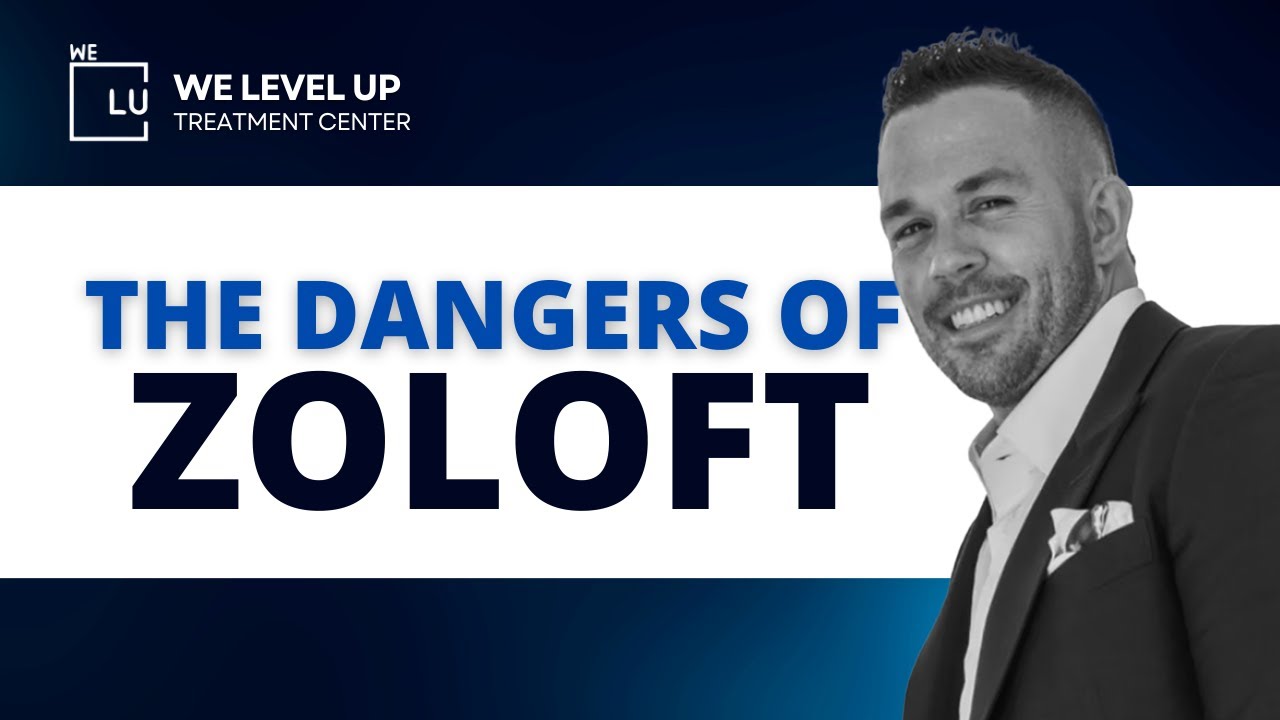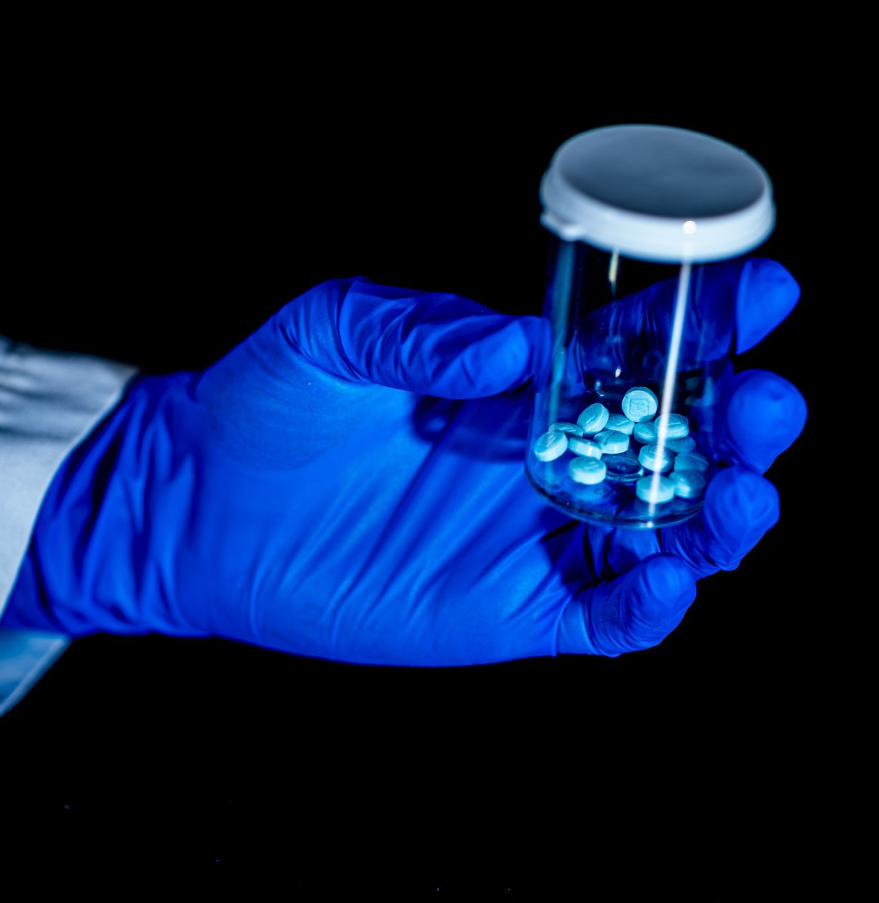Tramadol hydrochloride is a pain reliever that works on the central nervous system. It is prescribed for patients who require short-term and long-term pain treatment. The painkillers tramadol and hydrocodone are only available with a doctor’s prescription. Pain and mood are controlled by special receptors in the brain that opioids bind to. Some painkillers can also help people with a cough and calm them.
Both tramadol and hydrocodone have a high risk of abuse and overdose, just like all opioids. Because of this, a doctor should only give them at the lowest dose possible for the shortest amount of time.
If you or someone you know is suffering from hydrocodone substance abuse or withdrawals, the We Level Up Treatment Centers can help. Speak with our hotline specialists and discover the support and professional-accredited addiction treatment programs we offer.
Tramadol vs Hydrocodone Comparison
Both tramadol and hydrocodone alter how the brain senses pain. They are sold under numerous brand names, as generics, and in combinations with acetaminophen (Tylenol).
Tramadol is regarded as less intense than hydrocodone and may be prescribed by doctors for less severe pain. If tramadol or other milder opioids do not provide relief, a doctor may prescribe hydrocodone.
Adults may use hydrocodone to relieve severe coughing because it decreases activity in the brain that causes coughing. Doctors, on the other hand, rarely prescribe tramadol for this purpose.
| Tramadol | Hydrocodone | |
|---|---|---|
| Generic available | Yes | No |
| Brand name | ConZip, Ultram | Zohydro ER, Hysingla ER |
| Forms | Immediate-release tablets and extended-release tablets | Extended-release tablets (Immediate-release hydrocodone available in combination products) |
| Strengths | Immediate release: 50 mg; extended release: 100 mg, 150 mg, 200 mg, 300 mg | Extended release: 20–120 mg |
| Unique side effects | Flushing, congestion, sore throat, headache, itching, weakness, seizures | Confusion, low blood pressure, respiratory depression, gastric obstruction |
Who is Advised to Take Tramadol and Hydrocodone?
These medications are typically prescribed post-surgery for severe pain resulting from a significant injury or for specific health conditions causing intense pain.
Due to the risk of misuse and overdose, it’s crucial to use these drugs for brief periods and at the lowest effective dosage possible.
Hydrocodone might relieve coughs associated with certain conditions, like lung cancer. However, it’s important to note that it doesn’t effectively treat all coughs.
Tramadol, being less potent, is usually prescribed for moderate pain. In contrast, hydrocodone is recommended for severe pain unmanageable by tramadol or other weaker opioids.
Both tramadol and hydrocodone are typically in pill form and should be swallowed whole. It’s crucial to avoid breaking or crushing these pills, as it can result in dangerously high medication levels in the body, leading to an overdose.
After completing the course, it’s essential to dispose of any remaining pills appropriately. As the National Association of Boards of Pharmacy website details, the FDA advises using approved medication disposal sites. Refrain from keeping tramadol and hydrocodone in the household after treatment is completed.
Difference in Side-Effects of Tramadol and Hydrocodone
The side effects of tramadol and hydrocodone vary from person to person but may include:
| Side Effects | Tramadol | Hydrocodone |
|---|---|---|
| Common Side Effects | Dizziness, Drowsiness, Constipation, Loss of Appetite, Nausea and Vomiting | Dizziness, Drowsiness, Constipation, Loss of Appetite, Nausea and Vomiting |
| Additional Side Effects | Flushing, Congestion, Sore Throat, Headache, Itching, Weakness | Not Applicable |
| Serious Side Effects | Mood Problems, Hypersensitivity Reactions (Swelling of the tongue or throat, Trouble Breathing, Skin Rash), Seizures | Mood Problems, Hypersensitivity Reactions (Swelling of the tongue or throat, Trouble Breathing, Skin Rash), Confusion, Low Blood Pressure, Respiratory Depression, Gastric Obstruction |
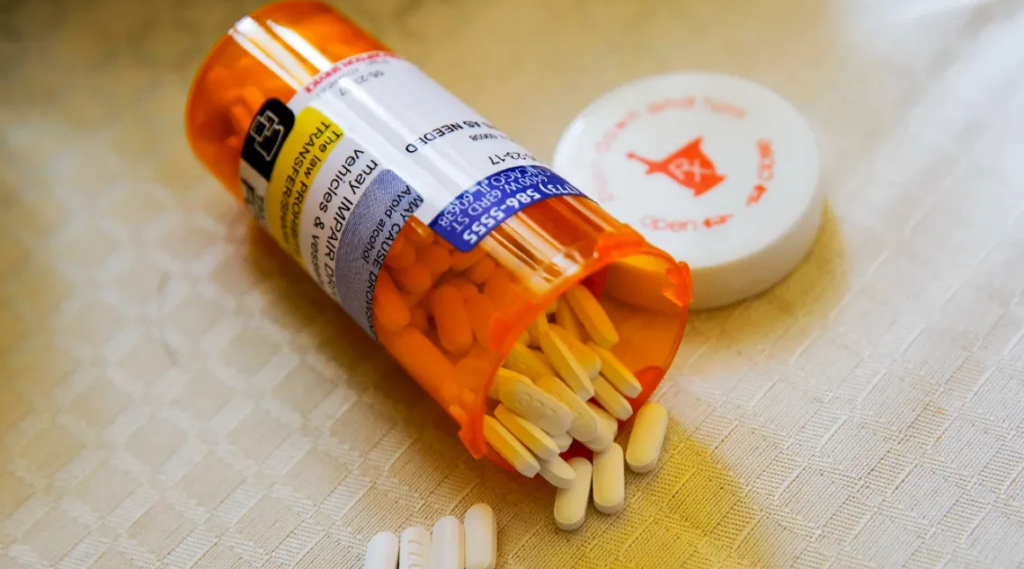
Skip To:
Learn More:
- Vicodin vs Norco, What’s The Difference & How Do They Compare?
- How Long Does Hydrocodone Stay in Urine?
- What is Norco? Norco Drug For Severe Pain Information
- The Dangers of Hydrocodone Addiction, Symptoms & Treatment
- Hydrocodone Side Effects, Uses, Addiction and More
- Is Oxycodone Addictive
- What Is Oxycodone?
- Oxycodone Side Effects
- Opiate Withdrawal
- Opioid Withdrawal Timeline
- Opioid Withdrawal Symptoms
- Tramadol vs Oxycodone: Which is Better? Side Effect Comparison
- Oxycodone Dosage Guide, Precautions, and Max Dose
- Oxycodone Vs Oxycontin. Differences & Similarities, Abuse & Treatment Options
Get Help. Get Better. Get Your Life Back.
Searching for Accredited Drug and Alcohol Rehab Centers Near You? We Level Up Texas Is Opening Soon!
Even if you have failed previously and relapsed, or are in the middle of a difficult crisis, we stand ready to support you. Our trusted behavioral health specialists will not give up on you. When you feel ready or just want someone to speak to about therapy alternatives to change your life call us. Even if we cannot assist you, we will lead you to wherever you can get support. There is no obligation. Call our network hotline today.
FREE Addiction Hotline – Call 24/7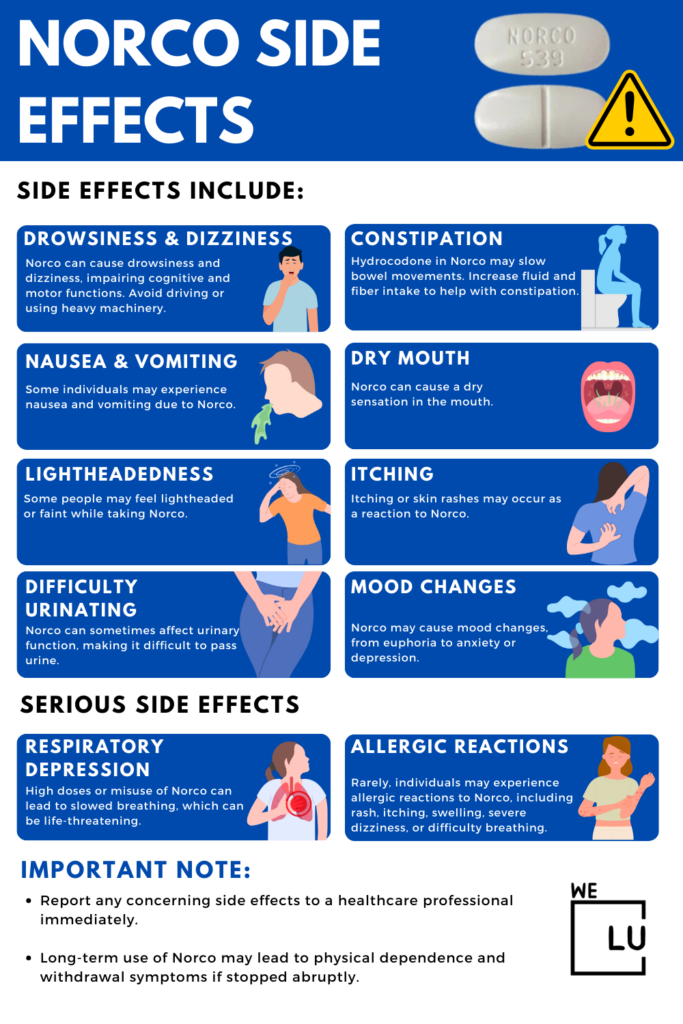
Who Should Not Be Taking Tramadol and Hydrocodone?
Individuals falling under these categories should avoid tramadol and hydrocodone:
- Children and Adolescents: The FDA strongly advises against administering hydrocodone or other opioids, like codeine, to children under 18 years old. Similarly, tramadol should not be prescribed to children under 12 years old due to potentially severe side effects in individuals between 12 and 18 years old with specific medical conditions. These medications pose risks of life-threatening breathing problems, addiction, overdose, and fatality in children.
- Pregnant Women: Both tramadol and hydrocodone are not recommended for pregnant women or those planning pregnancy. The use of these medications, or any other opioids, during pregnancy may result in serious health complications in newborns after delivery.
- Breastfeeding Women: Women who breastfeed should also abstain from taking opioids, including tramadol and hydrocodone. These drugs can be transferred through breast milk to infants, potentially exposing them to unsafe levels of medication.
Interactions of Tramadol and Hydrocodone With Other Drugs
Potential interactions with other drugs are a critical concern when taking tramadol or hydrocodone. These interactions could lead to severe side effects, including breathing problems, coma, or even fatality. Therefore, informing a healthcare professional about all ongoing medications and supplements is crucial before starting tramadol or hydrocodone.
Combining alcohol or illicit drugs with tramadol or hydrocodone can result in hazardous or fatal reactions.
Numerous medications and supplements might interact adversely with tramadol and hydrocodone, such as:
- Antibiotics.
- Antidepressants.
- Anti-anxiety medications.
- Antipsychotics.
- Allergy medications (antihistamines).
- Benzodiazepines.
- Cold and cough medicines.
- Fungal infection medications.
- Heart rhythm medications.
- HIV medications.
- Irritable bowel medications.
- Laxatives
- Muscle relaxants.
- Nausea medications.
- Parkinson’s disease medications.
- Prescription and over-the-counter pain relievers.
- Sedatives or tranquilizers.
- Seizure medications.
- Sleeping pills.
- St. John’s Wort.
- Tryptophan.
- Ulcer medications.
- Urinary problem medications.
When these drugs include acetaminophen along with tramadol or hydrocodone, additional concerns arise. Consuming extra acetaminophen alongside these medications could lead to liver damage.
Various medications, vitamins, and supplements might provoke dangerous effects when taken with hydrocodone or tramadol. Hence, informing a healthcare provider about all substances being taken is crucial.
Get Help. Get Better. Get Your Life Back.
Searching for Accredited Drug and Alcohol Rehab Centers Near You? We Level Up Texas Is Opening Soon!
Even if you have failed previously and relapsed, or are in the middle of a difficult crisis, we stand ready to support you. Our trusted behavioral health specialists will not give up on you. When you feel ready or just want someone to speak to about therapy alternatives to change your life call us. Even if we cannot assist you, we will lead you to wherever you can get support. There is no obligation. Call our network hotline today.
FREE Addiction Hotline – Call 24/7Proper Dosages of Tramadol and Hydrocodone
Tramadol and hydrocodone doses are typically measured compared to morphine-equivalent doses, assessing the quantity needed to match a dose of morphine. While one 30 mg dose of hydrocodone equals a 30 mg dose of morphine, it takes 300 mg of tramadol to match a 30 mg dose of morphine or hydrocodone.
Tramadol is available in immediate-release tablet doses of 50 mg and 100 mg and extended-release capsules of 100 mg and 150 mg. For extended-release, dosages can reach up to 300 mg once a day. Immediate-release tramadol is administered up to 400 mg per day for individuals under 75 years old and up to 300 mg daily for those above 75.
In contrast, hydrocodone doses usually range from 2.5 mg to 10 mg, often in combination with 300 or 325 mg of acetaminophen. The maximum daily allowance for hydrocodone with acetaminophen should not exceed 60 mg of hydrocodone and 4,000 mg of acetaminophen.
Bioavailability
Bioavailability refers to the extent and rate at which a drug or substance is absorbed into the bloodstream or becomes available at the site of action after administration. It measures the amount of the administered dose that enters the systemic circulation and can produce an effect.
Regarding bioavailability, tramadol hydrochloride tablets boast a 75% bioavailability, whereas extended-release tramadol hydrochloride tablets range between 85% to 90%. Hydrocodone’s oral bioavailability is reported at 25%.
When shifting between extended-release hydrocodone products and hydrocodone bitartrate and acetaminophen tablets, the relative bioavailability remains unknown, necessitating close monitoring by a healthcare provider.
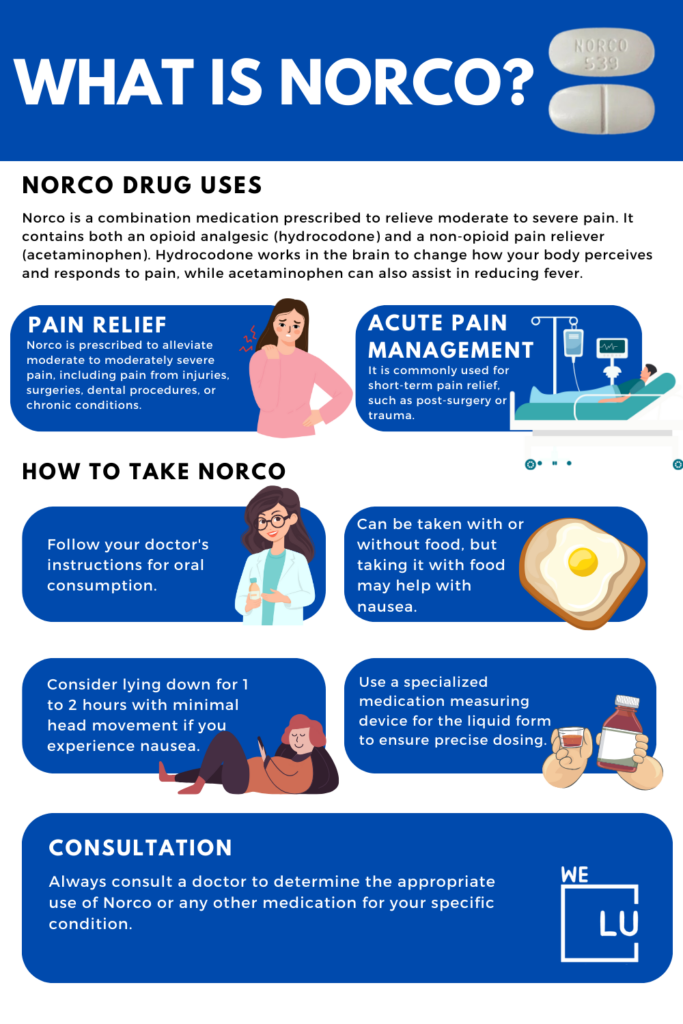
Start a New Life
Begin with a free call to an addiction & behavioral health treatment advisor. Learn more about our dual-diagnosis programs. The We Level Up treatment center network delivers recovery programs that vary by each treatment facility. Call to learn more.
- Personalized Care
- Caring Accountable Staff
- World-class Amenities
- Licensed & Accredited
- Renowned w/ 100s 5-Star Reviews
We’ll Call You
Is It Safe to Take Tramadol and Hydrocodone Together?
Using tramadol and hydrocodone simultaneously is not recommended. Combining these medications can result in an overdose or severe side effects, posing serious risks to your health. To manage chronic pain effectively, consider treatments beyond opioids. Pairing these drugs with other pain-relieving medications like nonsteroidal anti-inflammatory drugs (NSAIDs) and Tylenol can be beneficial.
Additionally, exploring options such as antidepressants, anticonvulsants, topical pain relief, and specific herbal remedies might provide alternative avenues for pain management.
Overdose can lead to shallow breathing, oxygen deprivation to the brain, loss of consciousness, and potentially severe consequences like brain damage or fatality. However, the effects of an overdose can be reversed using an antidote called Narcan (naloxone).
Opening Soon! First-Class Facilities & Amenities
World-Class High-Quality Addiction & Mental Health Rehabilitation Treatment
Coming Soon! Rehab Centers TourRenowned Addiction Centers. Serene Private Facilities. Inpatient Rehab Programs Vary.
FREE Addiction Hotline – Call 24/7Proven recovery success experience, backed by a Team with History of:
15+
Years of Unified Experience
100s
5-Star Reviews Across Our Centers
10K
Recovery Success Stories Across Our Network
- Low Patient to Therapist Ratio
- Onsite Medical Detox Center
- Comprehensive Dual-Diagnosis Treatment
- Complimentary Family & Alumni Programs
- Coaching, Recovery & Personal Development Events
Tramadol and Hydrocodone Medication-Related Statistics
Despite declining prescription rates, opioid overdose deaths remain a significant public health concern. Many opioid-related deaths are attributed to the misuse of prescription opioids or illicit opioids, such as heroin and fentanyl. Unfortunately, Norco hydrocodone is included in the problem.
There is a need for increased access to evidence-based treatments for opioid use disorder, such as medication-assisted treatment (MAT) and behavioral therapies, to address the addiction crisis effectively.
If you or someone you care about showing signs of Narco addiction? Rely on We Level Up’s expert Narco addiction treatment specialists to address your concerns and provide reliable support. Our Narco rehab center offers immediate assistance for Narco addiction. We are available 24/7 to help Narco addicts and their families. Don’t hesitate. Call now for relief from Narco addiction symptoms.
1.6 Million
An estimated 1.6 million people in the US were reported to have opioid use disorder in 2019, indicating a diagnosed addiction to opioids.
Source: NCBI
70%
In 2020, over 69,000 drug overdose deaths in the US, and approximately 70% involved opioids.
Source: CDC
18%
In 2019, only about 18% of people with opioid use disorder received specialty treatment for their addiction.
Source: NSDUH
Tramadol and Hydrocodone Addiction Treatment
Upon completing detox, individuals may undergo various therapies and treatments as part of an extensive treatment plan. Rehab after detox is crucial for addressing underlying addiction causes. Rehab occurs in different settings:
- Residential or Inpatient Rehab: This involves residing onsite throughout treatment, receiving constant care, and participating in diverse therapies. Suited for severe addiction cases or those lacking supportive home environments.
- Outpatient Rehab: Requires traveling to the facility for treatment and returning home afterward. Suitable for individuals with supportive environments and reliable transportation.
Ongoing medication maintenance is integral for maintaining sobriety and averting relapse. Medications like methadone, buprenorphine, or naltrexone may be part of this maintenance. Naltrexone, functioning as an opioid antagonist, blocks opioid effects, preventing highs if opioids are used again.
Treatment for opioid use disorder encompasses diverse therapies and supports:
- Counseling: Addresses addiction-related issues.
- Behavioral Therapies: Cognitive-behavioral therapy (CBT), contingency management (CM), or motivational interviewing foster positive behavioral changes.
- Family Therapy: Repairs relationships affected by addiction.
- Vocational Training: Assists in employment post-rehab.
- Case Management: Aids with social services such as securing basic needs and legal aid, allowing individuals to focus on recovery.
Aftercare is essential for ongoing recovery. Post-treatment, participating in individual counseling, mindfulness-based relapse prevention (MBRP), attending support groups like Narcotics Anonymous (NA), utilizing recovery apps, or engaging in recovery management checkups with treatment providers are beneficial.
Comprehensive treatment should address substance use and associated medical, psychological, social, vocational, and legal issues tailored to individual needs.
Why Choose Level Up Treatment Center?
At Level Up Treatment Center, our dedicated team of professionals is committed to guiding you through every step of your recovery journey. We prioritize your well-being and provide a nurturing environment conducive to healing and growth.
Take the first step towards recovery today. Contact us to begin your journey to a drug-free life. You don’t have to face addiction alone—we are here to help you reclaim control and achieve lasting sobriety.
Start a New Life
Begin with a free call to an addiction & behavioral health treatment advisor. Learn more about our dual-diagnosis programs. The We Level Up treatment center network delivers recovery programs that vary by each treatment facility. Call to learn more.
- Personalized Care
- Caring Accountable Staff
- World-class Amenities
- Licensed & Accredited
- Renowned w/ 100s 5-Star Reviews
We’ll Call You
How Long Do Opiates Stay in Your System?
Search We Level Up TX Tramadol vs Hydrocodone, Which One is Better For Pain? Topics & Resources
Sources
- MedlinePlus. Tramadol. Tramadol vs hydrocodone, hydrocodone vs tramadol, tramadol vs norco, is tramadol stronger than hydrocodone, tramadol and hydrocodone – Related Articles
- MedlinePlus. Hydrocodone combination products. Tramadol vs hydrocodone, hydrocodone vs tramadol, tramadol vs norco, is tramadol stronger than hydrocodone, tramadol and hydrocodone – Related Articles.
- Harvard Health Publishing. Is tramadol a risky pain medication? Tramadol vs hydrocodone, hydrocodone vs tramadol, tramadol vs norco, is tramadol stronger than hydrocodone, tramadol and hydrocodone – Related Articles.
- Duehmke RM, Derry S, Wiffen PJ, Bell RF, Aldington D, Moore RA. Tramadol for neuropathic pain in adults. Cochrane Database Syst Rev. 2017;6(6):CD003726. doi:10.1002/14651858.CD003726.pub4
- Schembri, E. Are opioids effective in relieving neuropathic pain? SN Compr Clin Med. 2019;1:30–46. doi:10.1007/s42399-018-0009-4
- Oregon Pain Guidance. Opioid conversion calculator for morphine equivalents.
- Medscape Ultram, ConZip (tramadol) dosing, indications, interactions, adverse effects, and more
- Texas Vendor Drug Program. Drug use criteria: hydrocodone bitartrate / hydrocodone polistirex.
- Food and Drug Administration. Ultram (tramadol hydrochloride) tablets: full prescribing information.
- Angeletti C, Guetti C, Paladini A, Varrassi G. Tramadol extended-release for the management of pain due to osteoarthritis. ISRN Pain. 2013;2013:245346. doi:10.1155/2013/245346



